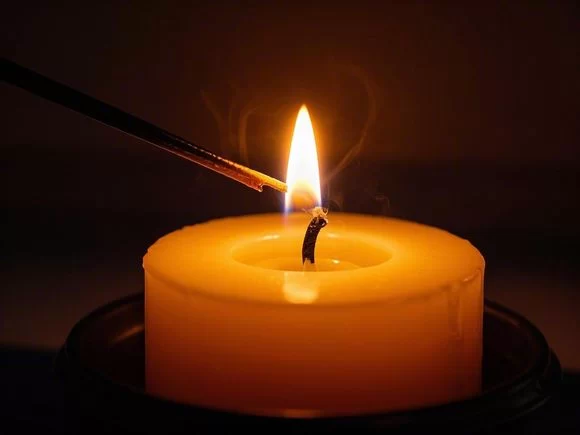How to Properly Extinguish an Aromatherapy Candle for Safety and Longevity
- Why Properly Extinguishing an Aromatherapy Candle Matters
- Step-by-Step Guide to Properly Extinguishing Your Aromatherapy Candle
- Tools You Need for Safe Candle Extinguishing
- Common Mistakes When Extinguishing Candles
- Why Candle Care is Key to Longevity and Safety
Why Properly Extinguishing an Aromatherapy Candle Matters
Extinguishing your aromatherapy candle the right way is not just about safety—it's also about preserving the candle’s longevity and ensuring that your space remains safe and pleasant. Aromatherapy candles are crafted with high-quality wax and essential oils, and how you handle them can significantly affect their performance and aroma. Let’s dive into why it’s essential to extinguish them properly.
Proper extinguishing prevents the wick from becoming too long or too uneven, which can lead to dangerous flickers and incomplete burning. By ensuring the candle goes out the right way, you can also avoid unnecessary smoke or soot buildup, which can interfere with your aromatherapy experience.
Step-by-Step Guide to Properly Extinguishing Your Aromatherapy Candle
Here’s how you can properly extinguish your aromatherapy candle:
- Use a Candle Snuffer: This is one of the most effective and safest ways to extinguish a candle. Gently place the snuffer over the flame to eliminate the fire without splashing hot wax. It’s also great for avoiding smoke.
- Blow Out the Candle: If you don’t have a snuffer, you can blow out the candle, but make sure you do it gently to avoid hot wax splattering. Avoid blowing too forcefully, as this could spread wax and create smoke.
- Wick Dipping: Some enthusiasts prefer dipping the wick into the wax pool using a wick dipper. This method prevents the wick from creating a smoky residue and ensures the candle doesn’t produce any excess flame.
Regardless of the method you choose, ensure that you allow the wick to cool and settle before relighting it for a better experience in your next burn.
Tools You Need for Safe Candle Extinguishing
When it comes to candle safety, investing in the right tools can make all the difference. Here are a few tools that make extinguishing an aromatherapy candle easier:
- Candle Snuffer: This tool is specifically designed for safely snuffing out candles without disturbing the wax pool.
- Wick Dipper: Used to dip the wick into the wax pool, which helps eliminate smoke and soot.
- Candle Extinguishing Cap: Some candles come with a metal cap that allows for a controlled extinguish. It’s a good alternative to blowing or using a snuffer.
Common Mistakes When Extinguishing Candles
Many people make mistakes when extinguishing their aromatherapy candles, but with a little mindfulness, these can be easily avoided:
- Blowing Too Hard: Blowing too hard can cause hot wax to spill and create an unnecessary mess.
- Extinguishing Before the Wax Pool is Fully Melted: Extinguishing your candle too early before the wax pool has completely melted can cause tunneling, leading to wasted wax.
- Using Water: Never extinguish a candle with water—it can cause hot wax to splatter and could damage your candleholder.
Why Candle Care is Key to Longevity and Safety
Candle care doesn’t stop once you extinguish the flame. Proper care of your aromatherapy candle can enhance its burning time, fragrance, and safety. Here are some essential tips:
- Trim the wick to 1/4 inch before each burn to reduce smoke and ensure even burning.
- Always burn candles on a flat, heat-resistant surface to prevent accidental fires.
- Never leave a candle unattended while it is burning.
By following these basic guidelines, your aromatherapy candle experience will be both safe and enjoyable, providing you with the calming atmosphere you desire.
If you're looking for the best candles that will provide both relaxation and a long-lasting fragrance, Scent Snob has a wide range of high-quality aromatherapy candles that are perfect for any space. Click here to explore our latest collection and enjoy a stress-free candle-burning experience.


0 comments